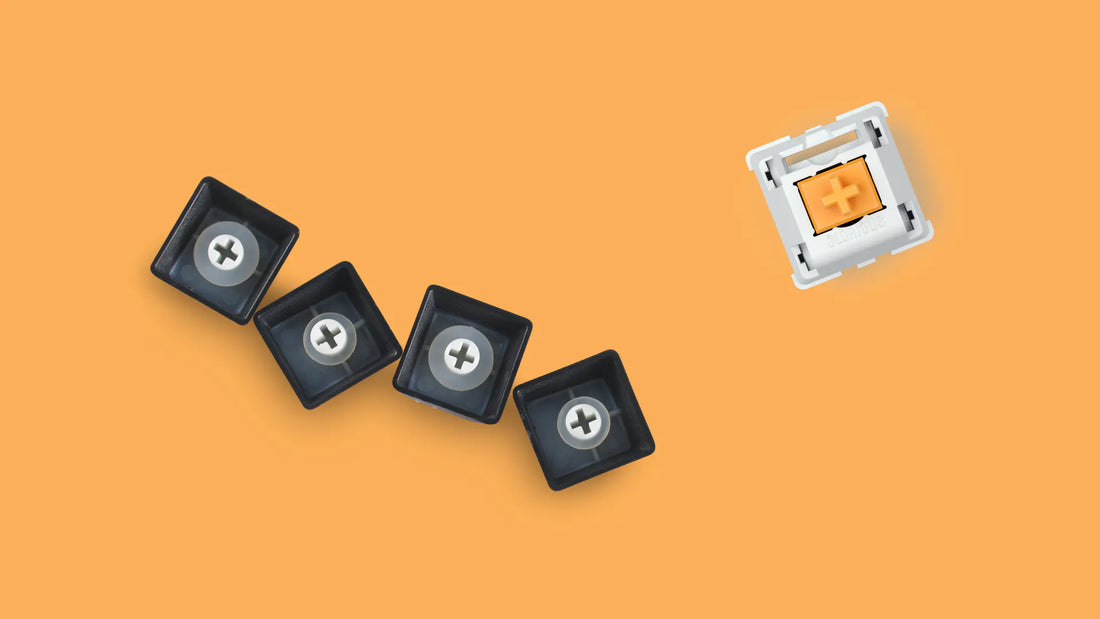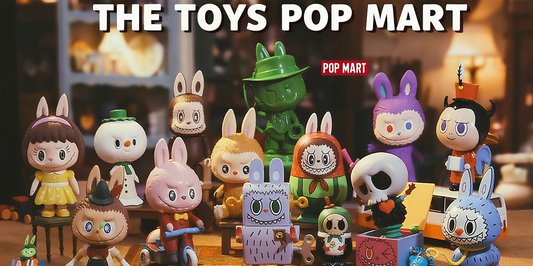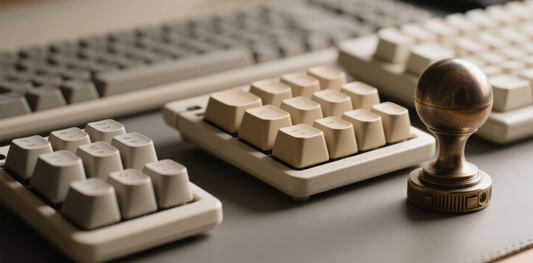
Do All Keycaps Fit All Keyboards? The Ultimate Guide to Compatibility
HeJialeiShare
If you’ve ever eyed a sleek set of custom keycaps—whether for better grip, RGB glow, or just to personalize your setup—you’ve probably wondered: Will these fit my keyboard? The short answer is no, not all keycaps fit all keyboards. But why? Let’s dive into the details of keycap compatibility, so you can avoid frustration and pick the perfect set.
What Makes Keycaps Compatible (or Not)?
Keycap fit depends on four main factors: stem type, keyboard layout, form factor, and proprietary designs. Let’s break each down.
1. Stem Type: The "Connector" Between Keycap and Switch
Think of keycap stems as the "plug" that attaches to your keyboard’s switches. Just like USB-C vs. Lightning cables, different stems work with different switches.
- Cherry MX Stems: The most common standard. Most aftermarket keycaps are designed for Cherry MX-compatible switches (found in brands like Corsair, Keychron, and many custom keyboards). These stems have a cross-shaped design, making them widely interchangeable .
- Alps Stems: Found in vintage keyboards (like old IBM models), Alps stems have a more complex shape. They’re rare today, so modern keycaps won’t fit unless explicitly labeled for Alps .
- Proprietary Stems: Brands like Logitech (GL switches) and Apple use unique stems. For example, Logitech’s G715 and G713 keyboards require their own Aurora Collection keycaps—standard Cherry MX keycaps won’t work . Similarly, Apple’s Magic Keyboard uses custom hinges and rubber cups, so even replacement keys must be OEM-specific .
- Membrane Keyboards: These use rubber domes instead of mechanical switches. Their keycaps are often glued or fused in place, and their stems don’t match mechanical keycaps at all .
2. Layout: ANSI vs. ISO and Regional Quirks
Where you live (and your keyboard’s origin) affects keycap fit. The two main layouts are:
- ANSI (American National Standards Institute): Common in North America. Features a horizontal enter key (2.25u) and a longer left Shift key (2.75u) .
- ISO (International Organization for Standardization): Popular in Europe. Has a tall, L-shaped enter key and a smaller left Shift, plus an extra "AltGr" key for special characters .
Why does this matter? A keycap set made for ANSI won’t have the right-sized enter or Shift keys for an ISO keyboard, and vice versa. For example, an ISO enter key is 2.25u tall, while ANSI’s is 2.25u wide—they’re shaped completely differently .
3. Form Factor: Size Matters (A Lot)
Keyboards come in all shapes, from full-sized behemoths to tiny 60% boards. Each has unique key sizes, measured in "units" (u), where 1u is roughly the width of a letter key (like "A" or "S". If you want to know more about keycap sizes, we have a full blog about it. read it here: About keycap sizes - What does 1u mean) .
- Full-size (104/108 keys): Includes a numpad. Needs keycaps for 1.25u modifiers (Ctrl, Alt) and a 6.25u spacebar (the most common size) .
- Tenkeyless (TKL): Ditches the numpad but keeps function keys. Still uses standard modifier sizes.
- 60%: No numpad, function row, or arrow cluster. Modifiers like Shift and Ctrl are often 1.25u instead of larger sizes, and some keys (like Enter) may be 2u .
- Ergonomic/Split Keyboards: These weirdly wonderful designs (like split or curved models) often need custom sizes—think 1.5u thumb clusters or split spacebars (3u + 3u instead of 6.25u) .
A keycap set for a full-size keyboard will leave gaps on a 60% board, and vice versa. Always check if the set includes sizes for your form factor.
4. Proprietary Designs: When Brands March to Their Own Beat
Some manufacturers intentionally use non-standard parts to lock you into their ecosystem:
- Logitech: The G915 uses low-profile GL switches with unique stems. Only specific keycaps (like KeycapGuru’s replacement sets) will fit .
- Microsoft Surface: Type Covers have custom hinges that vary by model. A keycap for Surface Go won’t fit a Surface Pro .
- Apple: The Magic Keyboard’s keycaps are designed for its proprietary switches. Even replacement keys require matching the exact model (e.g., 11" vs. 12.9" iPad Pro) .
How to Make Sure Keycaps Fit Your Keyboard
Don’t guess—follow these steps:
- Identify Your Switch Stem: Check your keyboard’s specs. If it says "Cherry MX compatible," you’re in luck—most keycaps will work. For other switches (like Logitech GL or Alps), look for explicitly labeled sets.
- Note Your Layout: Is it ANSI or ISO? Check the enter key shape and left Shift size to be sure.
- Measure Key Sizes: Use a ruler (or check the manual) to note modifier sizes (e.g., 1.25u Ctrl) and spacebar length (6.25u is standard, but some use 7u) .
- Use Tools and Communities: Sites like Keyboard Part Picker (KEPP) let you input your keyboard model for compatibility checks . Reddit’s r/MechanicalKeyboards or Geekhack forums are also great for model-specific advice .
- Look for "Universal" Sets: Some brands (like Max’s Cherry MX set) include multiple spacebar sizes and ISO/ANSI options to cover more keyboards .
Final Thoughts: Keycaps Are Not One-Size-Fits-All
While the dream of swapping keycaps freely is nice, compatibility depends on stems, layouts, form factors, and brand choices. The good news? With a little research, you can find the perfect set for your keyboard.
Next time you shop, remember: Check the stem type, confirm your layout, and match the key sizes to your board. Here at Petitkeycaps, we sell Cherry-MX keycaps that fits both ANSI and ISO layout. Check out our best seller:
1. Morandi keycaps
Happy customizing!
Happy customizing!



